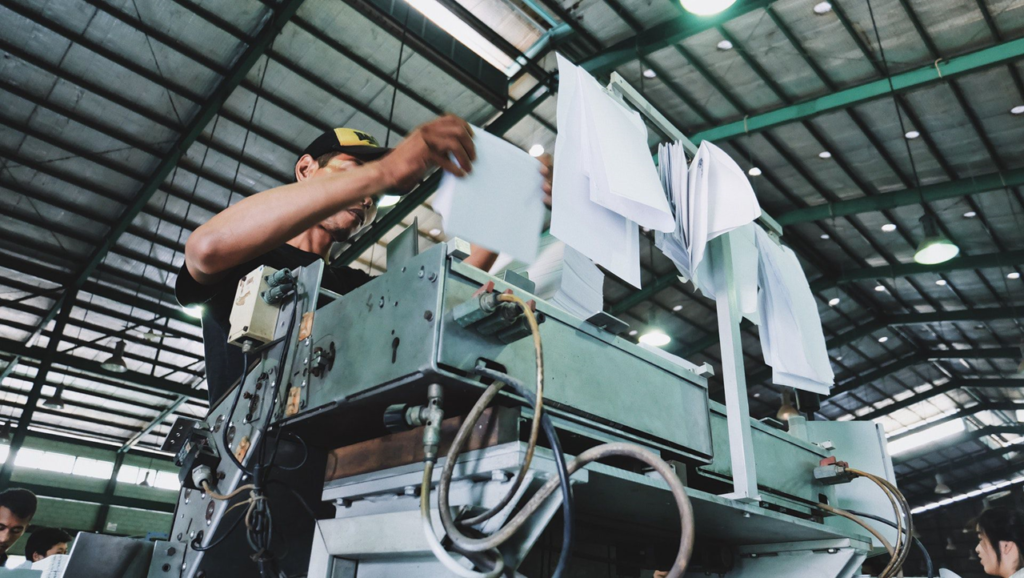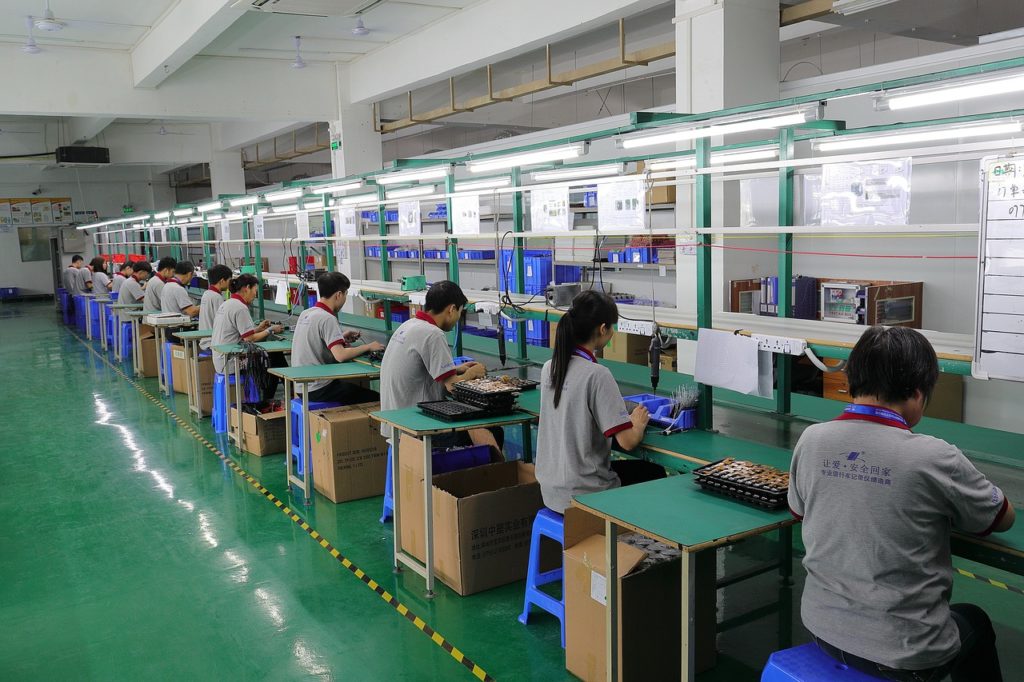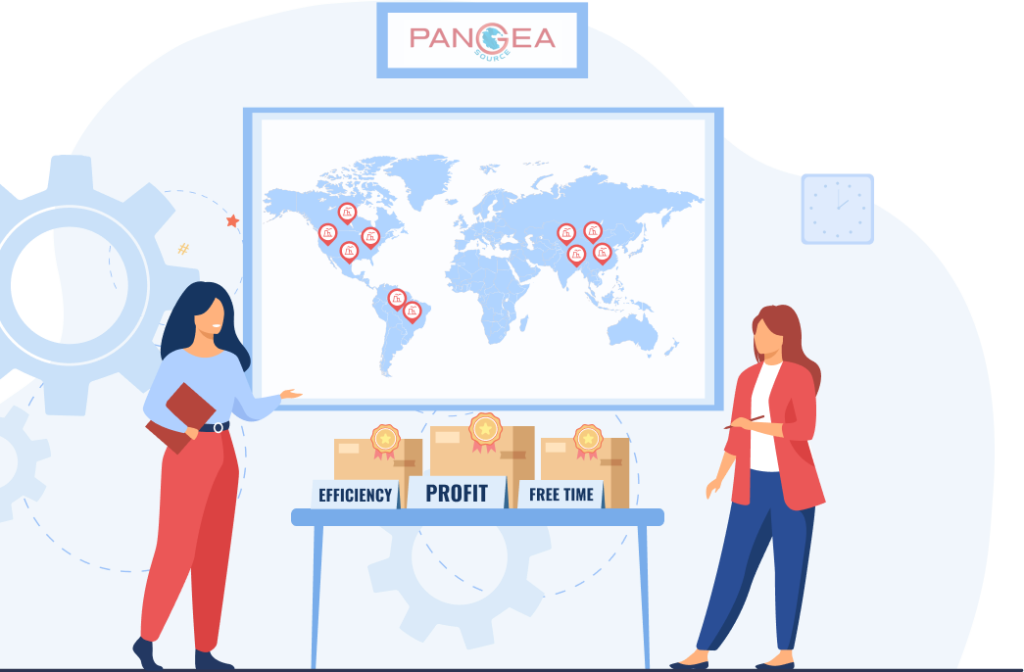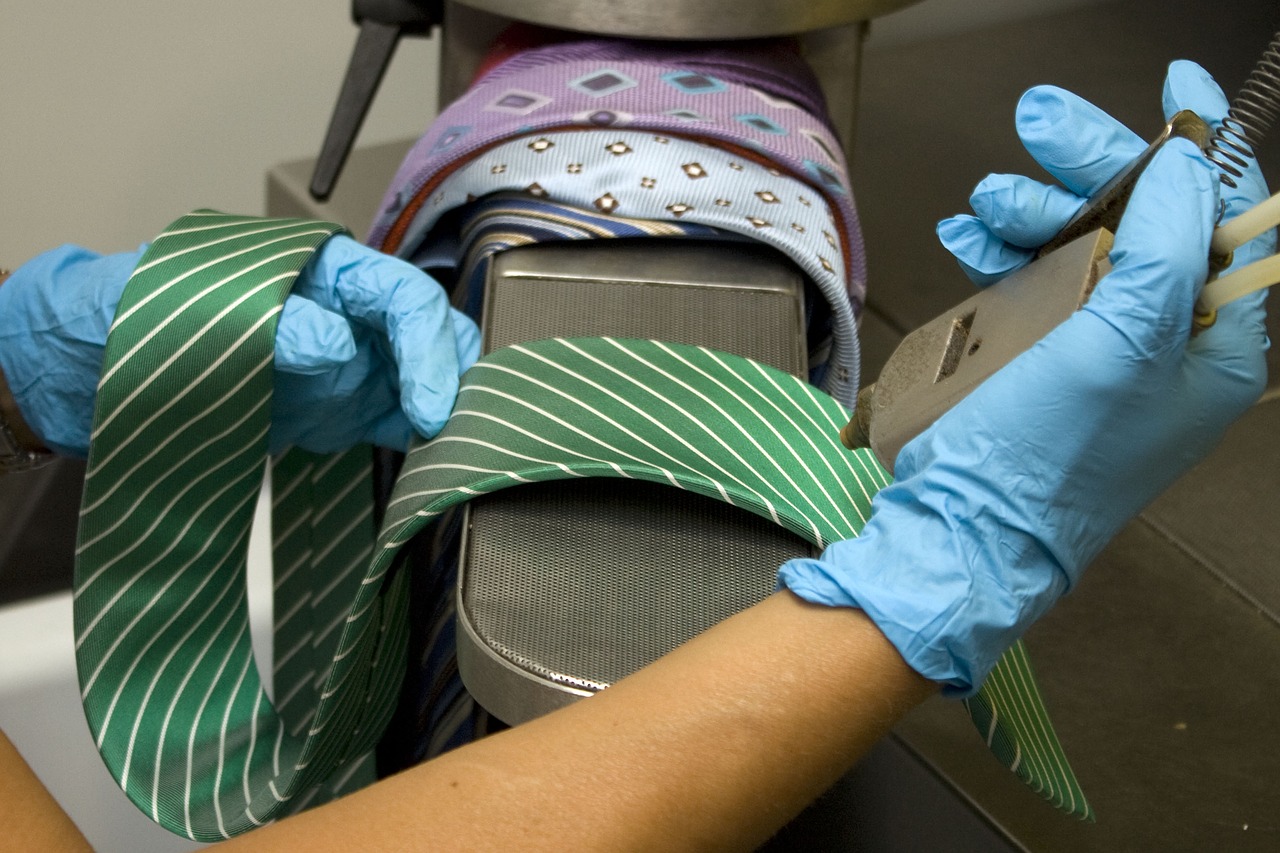Introduction
As technology advances, companies are searching for ways to create and produce products faster and cheaper.
This has led to the creation of two separate yet similar product types: ODM and OEM. So what exactly are the OEM and ODM products. and what makes them different? Why these two kinds of products can be popular in many industries. Let’s take a closer look.
This blog will include the following content
- What is ODM?
- Reasons for ODM Production
- Examples of ODM Products
- Examples of OEM Product
- Advantages of ODM Production
(1) Products are available without development or design know-how
(2) Development resources can be concentrated
(3) Brand building can be done in a short period of time
(4) The contractor does not need to build a brand
- Disadvantages of ODM Production
(1) Development, design, and manufacturing know-how cannot be accumulated
(2) Quality control becomes difficult
(3) The responsibility of the contractor tends to be heavy
- Long-term operation is the deciding factor for ODM
- Popular region for OEM and ODM manufacturing.
- The best place to find OEM and ODM factories in Coronavirus
- How to source Oem and Odm manufacturers in China?

1. What is ODM?
ODM (original design manufacturing) refers to the manufacturing of products on consignment, from design to production.
The ordering company is only responsible for product planning and sales. It’s familiar with Cooperating with sourcing agencies.
While the well-known OEM (Original Equipment Manufacturing), which is a similar term, only outsources production, ODM goes one step further and outsources the development and design of the product.
2. Reasons for ODM Production
The greatest advantage of ODM is that products can be prepared without in-house development expertise. For this reason, ODM production is often used to prepare product lineups.
For example, if an automobile manufacturer decides to focus its internal resources on luxury cars, but still wants to retain customers who demand mini cars, it can use ODM to produce mini cars to maintain its own lineup.
Supermarkets and convenience stores may also outsource the production of the products that their customers want to ODMs, and sell them as their own brand products (private brand products).
For example, if the customers are mainly singles, they may produce mini packs of snacks for one person and sell them as their own brand.
(Difference between ODM and OEM. The well-known OEM outsources only manufacturing; ODM outsources development, design, and manufacturing)

3. Examples of ODM Products
At the time, the term ODM production did not exist, but NTT Docomo’s feature phones used the ODM production method.
DOCOMO would do the product planning and specify the required functions and specifications for the “501 series” and so on.
NTT DOCOMO would then outsource ODM production to domestic cell phone manufacturers such as NEC and Fujitsu, and NTT DOCOMO would handle the sales.
Therefore, the name of the manufacturer was not displayed upfront, and the model manufactured by NEC was simply “NTT DoCoMo’s N501,” and the model manufactured by Fujitsu was simply “NTT DoCoMo’s F501.
By having the manufacturers compete with each other from the design stage with the same plan, they were able to create a variety of differentiated models, which led to a wider variety of models in the series.
In addition, since the products are only for NTT DOCOMO, consumers can be assured that NTT DOCOMO alone is responsible for all support and warranty issues.
NTT DOCOMO is a telecommunications company and does not have the know-how or resources to manufacture cell phones, but by using ODM production, it has succeeded in providing a rich product lineup.

4. Example of OEM Products
On the other hand, a famous example of OEM, where design and development are done in-house and only production is outsourced, is Apple’s iPhone smartphone.
Apple develops and designs the iPhone. However, manufacturing is outsourced to Taiwan’s Hon Hai Precision Industry (Foxconn), a well-known Chinese company for manufacturing products for large cooperation.
In reality, the two companies cooperate with each other from the development and design stages, and Apple is deeply involved in the manufacturing process, so it is almost like joint manufacturing, but Apple takes the lead in development and design, which determines the quality of the product.
This allows Apple to accumulate development and design know-how and maintain high quality and functionality.
As for the manufacturing of electronic products, parts procurement is also a major task, which is also performed by Foxconn on the consignment side. For this reason, in OEM production of electronic products, the term EMS (Electronics Manufacturing Service, or EMS) is more commonly used than OEM. This term is used in the sense that the company undertakes all operations related to the manufacturing of electronic products.

5. Advantages of ODM Production
ODM production has four main advantages.
(1) You can have products without development and design know-how.
ODM is a method in which the entire process from development and design to manufacturing is entrusted to the company, making it possible to offer products without development, design, and manufacturing know-how and resources.
(2) Concentration of development resources
This allows the company to focus its research, development, and design resources on areas in which it excels the most and develop high-quality products.
(3) Brand building can be done in a short period of time
By concentrating resources on the products in which the company excels the most and producing other products through ODM, the product lineup can be broadened and the brand building becomes easier.
(4) The contractor does not need to build a brand
ODM Products also offers significant advantages to companies that produce on consignment.
That is, they can make a profit from production without having to build a brand. Brand building requires a different skill set than production and takes time.
For companies that have the technology but not the brand-building skills, being able to sell their products through another company’s brand is a big advantage.
It is also possible to increase the company’s name recognition while continuing this type of ODM production.

6. Disadvantages of ODM Production
ODM production has the following three disadvantages.
(1) Development, design, and manufacturing know-how is not accumulated.
Because all development, design, and manufacturing other than product planning and sales are entrusted to the company, the know-how accumulated within the company is limited.
Especially in development work, the planning of the next product is often born from trial and error, and it is often difficult to improve the company’s capabilities as a manufacturer.
(2) Quality control becomes difficult
For the outsourcing company, it becomes difficult to control quality because the method relies heavily on the ODM contractor. Even when negotiating with an ODM contractor to improve quality, the lack of know-how makes it difficult to take the initiative.
It is also difficult to manufacture products that are unique to the company’s brand, and the brand image may become blurred. In the worst case, the company may end up selling a mishmash of other companies’ products.
(3) The responsibility of the contracting company is likely to become heavy.
Companies that are contracted for ODM production undertake development, design, and manufacturing, so if any problems arise with their products, they are held strictly liable by the ordering company, even if they do not bear direct responsibility to the consumer.
For example, if an accident occurs due to a design problem, the company may be liable for product recall, redesign, remanufacturing, or compensation for damages, depending on the details of the contract. This can be a fatal blow, especially in the case of food products and cosmetics, where there is a risk of health hazards.

7. Long-term operation is the deciding factor in ODM.
It is said that the key to success in ODM production is long-term operation; the key to success is to build a relationship of trust between the company placing the ODM order and the company developing, designing, and manufacturing the product under contract, and to maintain this relationship over the long term.
This is because the relationship is highly interdependent, with the ordering company relying on the contractor for much of the production process, and the contractor relying on the brand power and sales strength of the ordering company.
In such a relationship, if the ordering party wants to increase profits by reducing outsourcing costs and the contractor wants to become independent by building its own brand, and if the relationship becomes one in which the ordering party only thinks about its own profits, the relationship will collapse in the blink of an eye.
By considering the interests of both parties and taking care to create a win-win relationship, and by continuing the relationship over the long term, the advantages of ODM production can be fully utilized.
ODM is a method of outsourcing development, design, and manufacturing; it is a more in-depth outsourcing method compared to OEM, which only outsources manufacturing.
Because of its ability to quickly offer a complete product lineup, ODM is used not only for electronic products, but also for food, cosmetics, apparel, and a variety of other fields.
The key to success in ODM is to build a relationship of trust between the client company and the outsourcing company and to operate it over a long period of time.

8. Popular regions for OEM and ODM manufacturing
Regional integration processes also provide opportunities for regional SMEs to participate in global and regional production networks or value chains.
In view of the increased level of globalization and regional economic integration in East Asia, SMEs can expand their production networks through trade liberalization.
As downstream of production chains, SME factories are important partners for TNCs.
Since the 1970s, TNCs have been outsourcing manufacturing (OEM) with SMEs in East Asia to learn relevant IT and knowledge from contract manufacturing processes, and to improve productivity, achieving productivity growth and diversity of their business models in the market.
SMEs, as subcontractors to MNCs, are often positioned downstream in the supply chain by MNCs and have reservations about “technology transfer”
With more and more productive activities and industrial upgrading, manufacturers who were once OEMs have gradually mastered the technology and international marketing of their products and expanded their production scale both domestically and internationally, resulting in a proliferation of SMEs in Southeast Asia.
In East Asia, several small companies such as Samsung and Foxconn have grown into today’s top 100 global multinationals by strengthening their production through OEM and ODM.
In Malaysia, Indonesia, Thailand, Vietnam, and the Philippines, SMEs account for an increasingly high percentage of the overall economic structure.
However, emerging countries in East Asia, where SMEs are the majority, face problems such as barriers to financing and competition in international markets.
Unless SMEs have access to external financing and policy protection to compete head-to-head with MNCs

9. The best place to find OEM and ODM factories under the Coronavirus
Through the content above and the fact that more and more products have been manufactured in East Asia countries, the answer to this question has appeared itself.
Also, we have to take the coronavirus into consideration.
When the Coronavirus began to rage around the world in 2020, China realized a large jump in export market share by being the first to get out of the epidemic.
Since the end of World War II, the U.S. had a dominant export market share of more than 20% of the world in the early post-war period. After the 1980s and 1990s, the United States and Germany alternated as the world’s top exporters.
But neither country had more than 13% of the export market share at that time, and after 2019, China’s exports were number one globally year after year.
Before the epidemic, China’s export market share was 13.1%, and in 2020 China’s export market share jumped to 14.7%, a one-time jump of 1.6%.
If the epidemic is brought under control, is it possible that China’s export market share, which benefited from being first out of the epidemic, could see a mid-term return?
Personally, I think that in the future, when the global epidemic is under control, overseas economies restart, and some Chinese export orders flow back to other countries, China’s export market share may not fall back to pre-epidemic levels even if it then falls back.
Because China’s epidemic prevention and control are effective, it takes the lead in resuming work and production, and its domestic industrial system is complete.
When the global supply and demand mismatch occurs, with Europe and the US experiencing an oversupply while China’s supply exceeds demand, such a supply and demand mismatch happens to be made up by China’s exports to make up for the supply and demand gap in Western countries. Under such circumstances, China has continued to enjoy a high export growth dividend since 2021.
In the first ten months of 2021, China’s exports and imports exceeded the level of the whole of 2020 two months ahead of schedule. The import and export surplus for the first 11 months was US$587.1 billion, up 30% year-on-year, and the annual trade surplus is expected to surpass that of 2015, setting a new record.

10. How to source Oem and Odm manufacturers in China?
There are a few different ways to source OEM and ODM manufacturers in China. You can budget for and use a sourcing agency, find manufacturers yourself, or use a combination of both methods.
If you’re working with a limited budget, finding manufacturers yourself may be the best option. There are a few different ways to do this, including using online directories, attending trade shows, or working with a sourcing company.
If you have a larger budget, you may want to consider using a sourcing agency. A sourcing agent can help you find the best manufacturers in China for your specific needs. They can also handle all of the communication and negotiation for you, which can save you a lot of time and hassle.
No matter which method you choose, it’s important to do your research before working with any manufacturer. This includes checking references, reading online reviews, and asking for samples of their work. By taking the time to find the right OEM or ODM manufacturer, you can ensure that your products are made to the highest quality standards.

Conclusion
That’s a quick overview of ODM and some reasons why it might be the right production model for your business. If you want more information or have any questions, please feel free to contact us!
We specialize in helping companies find the perfect factory to manufacture their products and can provide assistance with every step of the process from prototyping to shipping. Thanks for reading and we hope this article has been helpful.

